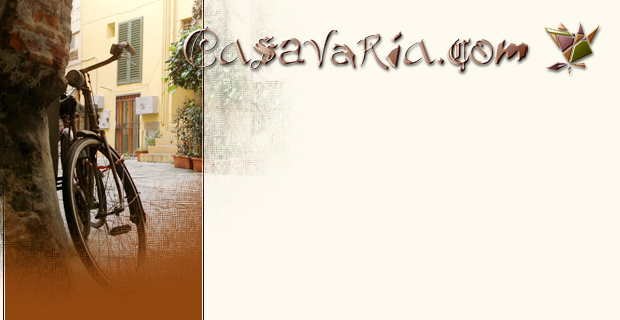 |
The story is what has yet to be told. And when we’ve told what we know, or what we think we know, or what we might have managed to fabricate for our purposes, about the story, the story remains, alive and breathing in a vacuum of its own, always beyond our reach. In fact, it not only remains, but it expands. It isn't merely an untold story, one single perfect possibility, but rather a host of possible variations splitting off from the told and the untold, intermingling, on the edges of the story’s vacuum, pushing outward, humming, threatening to reveal itself. It is now not simply a thing which might be told, which must and will be attempted; it is all that did not manage to be told in the transference of what little could be worded within the limited scope of our language.
The story is always a mystery. It is something which wants to and will, in some way, unfold, offer itself to our vision. It is the tide that rolls beneath the telling, a jargon of urging mixed with silence, ever untold, ever more inclusive, elusive. And so, no two tellings of any story should produce the same tale; even the sequence of twists and trauma should vary. The closer we get to the untellable mystery, sunken near to the heart, the center of gravity, of all the untold expanse of the story, the less grip chronology can possibly force upon events, as worded.
Between the story and the telling, there is a meaning. How do we arrive at meaning, and what are the components, in themselves? Are words facts? Incorruptible spheres of inclusion? Or, are they facilitators? The words are within the ink, the ink within the pen, the pen within our hands’ faithful flurry, the dexterity by which we write a loyal component of the mind. This is the integrity of a mechanics, not of a meaning. The words are not meaning; they are a map to meaning. They are the story’s hope of a practicable and traceable genetic code, or memory. They are hints, not laws; they are flesh, and neither soul nor granite; they are whatever we tempt them to be... the story is something else.
The challenge we face is asymptotic. We must strive to move endlessly nearer the story, though it will always elude us, in its most essential respects. It is those elusive respects around which both author and reader revolve in the moment of telling. It is that assemblage of psychic passageways, capillaries, which cannot be embodied by language, which is our most guarded concern.
© 2001 Joseph Robertson
![]()
WRITING & NAMING: the medicine of acquiring knowledge
Joseph Robertson
Language is that point of contact in the abstract, that plane where the intellectual life within us is enabled to assert itself as part of the overall experience of living. Language is that plane where the individual self is allowed repeated attempts at manifestation. What takes place in the process of writing, in the spilling of ink or the posting of digital characters, the slip toward defining a landscape, however brief, is the sanctification of an individual, and by extension of the human condition as such...
Not every person is a writer, by trade, nor should they be, but there is something about the act of writing that serves the writing individual as if it were a medicine for selfhood, a healing venture into clean waters. Especially so when its intent is to be expressive of secret regions of the mind or to lay out new experimental vessels for such expression. [Keep reading...]
All text & images Copyright © 1995-2008 Casavaria,
or listed contributor :: Casavaria Languages: Català | English | Español | Français | Galego | Italiano | Português | Svenska












